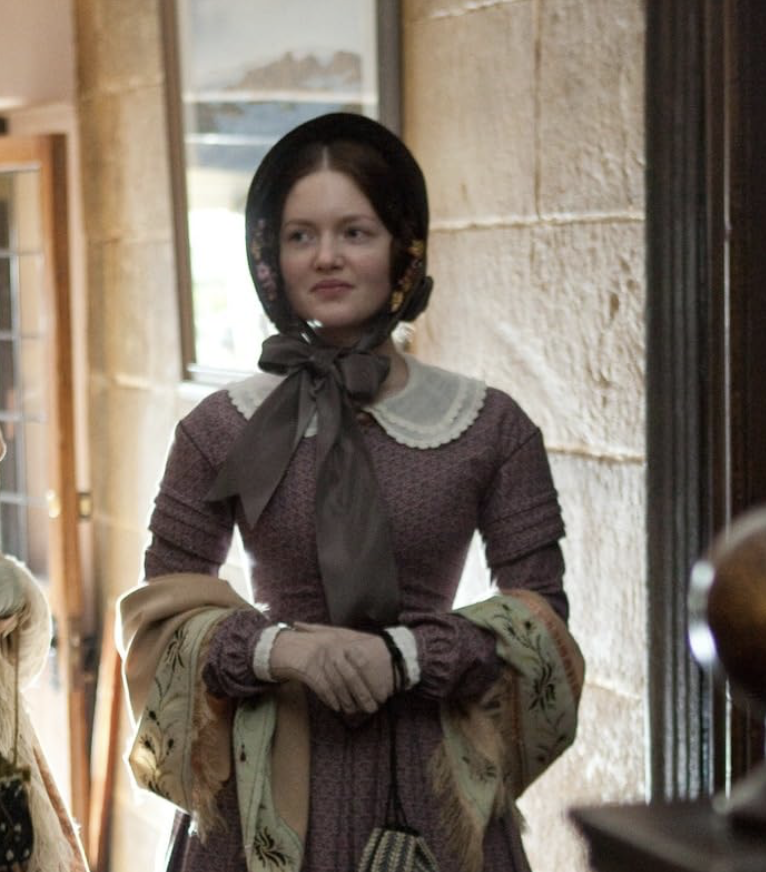Diana Rivers, played by Holliday Grainger, is generally considered a minor character in the film adaption of Jane Eyre made in (2011), her character embodies the concept of Heidi Kenaga’s “studio girl” and is the perfect example of a central casted role. The film begins with Jane Eyre stumbling through a grassland/hillside setting distraught about her unexpected separation from Rochester, the man she almost married. She spots a house nearby and makes her way to the door where she is then discovered passed out/unconscious by St. John Rivers, Diana’s older brother. Once she is inside, Diana and her sister Mary tend to Jane, giving her blankets, water, and food. Diana is the one who insists Jane stay with them and ultimately become a part of their family. Had she not suggested this, Jane would never have gotten the opportunity to become a governess, nor would she have met Rochester. Heidi Kenaga’s article “Promoting Hollywood Extra Girl” found in Will Straw’s “The Small Parts Small Players Dossier,” explains the concept of “central casting” and the “studio girl.” Central casting is a process where thousands of actors and actresses’ line up for audition after audition hoping to be selected by studio directors to be cast as extras. The people who were chosen for roles were normally called to return as an extra in future films by the same studio, “between 800 and 1500 extras were needed daily by the studios” creating this competition to be casted as a return-extra, and in turn receive steady pay (Kenaga). Since “female registrants outnumbered male registrants by three to one” the term “studio girl” became widely used as a descriptor for these aspiring actresses who attended casting after casting (Kenaga). Diana River’s part in Jane Eyre is a perfect example of a role that these “studio girls” would aim for: short and easy to film, yet noticeable enough that they might be recognized for their acting and casted for larger roles in the future. Her character in Jane Eyre makes for an excellent example of Heidi Kenaga’s article, proving her points about central casting and the “studio girl” to be accurate.

Provide Feedback